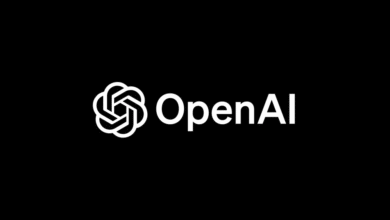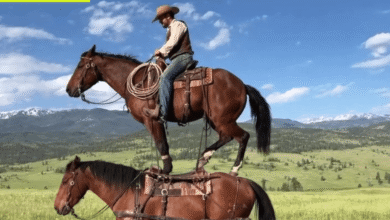Google’s AI turned my selfie into a tango video

▼ Summary
– Google’s Veo video-generation tool is now available to Gemini Pro and Ultra users, allowing them to create videos from uploaded still images.
– Veo generates 8-second videos with sound and motion, maintaining perspective and scene consistency but often producing eerie or inconsistent artifacts.
– The tool struggles with continuity, such as disappearing objects or incorrect movements, and sometimes alters details like clothing or facial features.
– Veo appears to block manipulation of historical or celebrity images, suggesting built-in safeguards against deepfake misuse.
– The service is currently rate-limited and glitchy, with high costs for unrestricted access, making it more of a beta product than a polished tool.
Google’s Veo AI transforms still images into dynamic videos with surprising, and sometimes unsettling, results. The latest update to this video-generation tool allows users to upload a photo as the starting frame, letting artificial intelligence craft an eight-second clip complete with sound effects and motion. While the technology showcases impressive technical prowess, it also reveals quirks that blur the line between innovation and uncanny artifice.
Testing Veo’s capabilities yields a mix of fascination and unease. Uploading personal photos, whether a casual selfie or street photography, creates videos that feel both lifelike and oddly distorted. The AI maintains perspective and movement reasonably well, but inconsistencies emerge, like altered facial features or objects vanishing mid-scene.
For example, a jogger captured along Manhattan’s East River promenade continues running smoothly in the generated video, yet subtle discrepancies appear. The person’s stride and hair differ slightly from the original image, and background elements like cars on FDR Drive mysteriously disappear. These imperfections highlight the challenges of maintaining visual continuity in AI-generated content.
One standout moment involved a snapshot of New York’s Horseshoe Bar. Veo not only animated a woman walking past but also reconstructed the building’s unseen side, including a horseshoe-shaped sign. This hints at the AI’s ability to pull from external references, though the surrounding buildings it invented didn’t match reality.
More jarring artifacts surfaced with a subway scene. A prompt asking Veo to show a passenger exiting the train resulted in doors sliding open at the wrong end of the car, a detail no New Yorker would recognize. The AI also misplaced the platform, making it appear beneath the train rather than beside it. Such flaws reveal gaps in the system’s understanding of real-world environments.
Personal photos introduced another layer of strangeness. A dark bathroom selfie morphed into an animated version with exaggerated expressions, while a professional headshot transformed into a stiff cha-cha performance, complete with oddly loud footsteps. A Las Vegas snapshot prompted Veo to attempt a tango with a statue, an amusing, if surreal, result.
Google appears to have safeguards in place for sensitive content. Attempts to animate historical figures like John C. Calhoun or celebrities like Scarlett Johansson were blocked, while ordinary headshots proceeded without issue. This suggests ethical boundaries, though the limits aren’t explicitly outlined.
Despite its novelty, Veo remains a work in progress. Users report strict rate limits, even on the premium $249/month Ultra plan, and occasional technical hiccups like silent videos. The tool’s beta status is evident, with Google balancing computational demands against user access.
For photographers, Veo’s artificial animations may feel gimmicky compared to capturing authentic moments. Yet the technology hints at broader applications, from streamlining video production to potentially reducing reliance on live actors. As AI continues refining these capabilities, the line between real and synthetic visuals grows increasingly fluid, raising both creative possibilities and ethical questions.
For those curious about AI’s evolving role in media, Veo offers a glimpse into a future where static images spring to life with a few clicks. Whether that future is thrilling or unsettling depends on your perspective.
(Source: zdnet)





